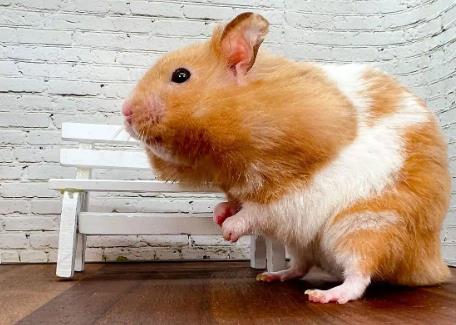The average lifespan of Syrian hamsters is 2 to 3 years, and it can be extended to 4 years under good breeding conditions. The following is the key information related to their lifespan:

Main Factors Affecting Lifespan
Breed Characteristics
Syrian hamsters (also known as golden hamsters) are relatively large in size and have stronger physiological functions. Their natural lifespan is longer compared to dwarf hamsters. For example, Roborovski hamsters can live up to 3 to 4 years, but they belong to a different breed.
Breeding Conditions
Diet: It is necessary to provide high-quality main food and fresh fruits and vegetables, and avoid snacks that are high in sugar and fat.
Environment: The cage should be at least 30×30×30 centimeters in size. The temperature should be maintained between 20 and 26℃, and enrichment facilities such as a running wheel should be equipped.
Hygiene: Clean the bedding regularly to prevent the growth of bacteria and the occurrence of diseases.
Genetics and Health Management
Genetic defects may shorten the lifespan. It is recommended to choose healthy individuals through formal channels. Regularly observe the behavior of hamsters (for example, biting the cage may indicate stress or insufficient space), and use health products such as Aibao herbal rings and Pinguo lactic acid bacteria to regulate the stomach and intestines.
Special Cases
Very few Syrian hamsters can survive up to 4 years under ideal conditions, but it is necessary to avoid stress (such as frequent disturbances and improper co-housing) and accidental injuries (such as falling from a height).
